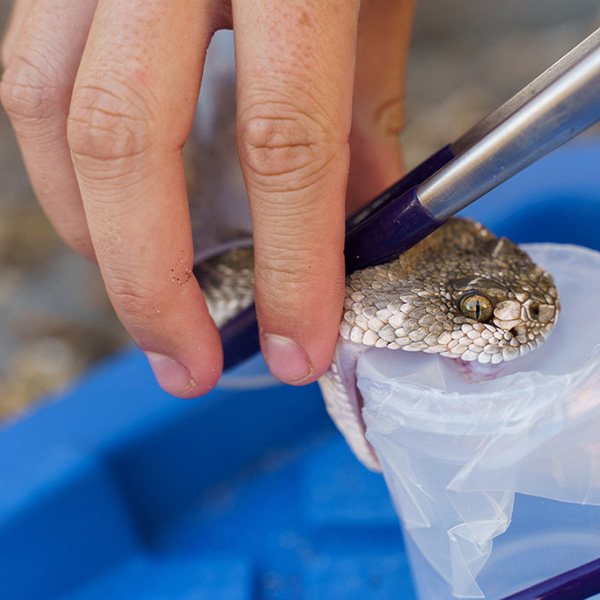
When USF’s Mark Margres and other researchers explored 11 uninhabited islands in the Gulf of California, they unexpectedly found that on islands with more space and more competition, rattlesnake venom became more specialized, finely tuned to specific prey. This simpler venom contains fewer and more focused toxin families than typical venom.
"Habitat fragmentation is like breaking apart a completed puzzle. A healthy, intact ecosystem is like a 1,000-piece puzzle where every piece is in place — you can clearly see the full picture,” says Margres. “But when you start fragmenting it, pieces go missing or get rearranged, and the image becomes distorted.” The team is also working to test how well antivenoms neutralize the unique venom found on these islands.
View Related Expert Profiles: Go to Source